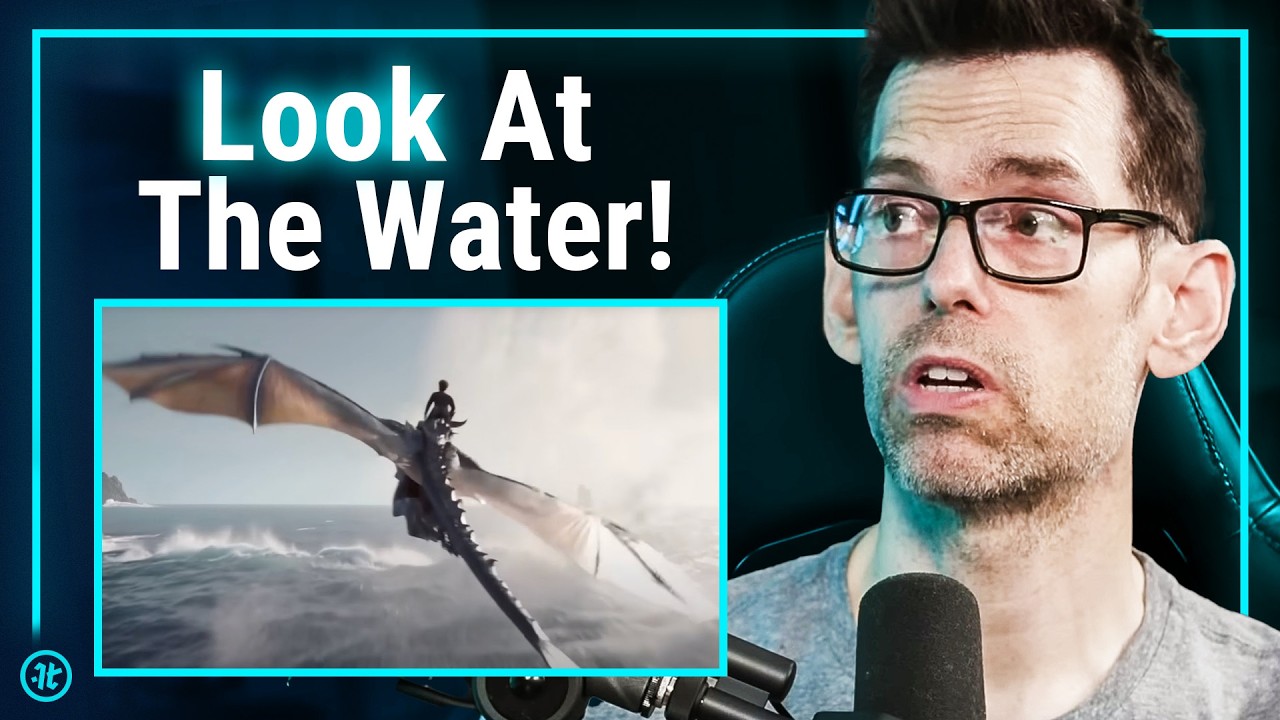- Sora 2’s advancements in AI video realism and its implications for various fields
- The technology behind Sora 2’s AI capabilities
- Applications of Sora 2 in education, healthcare, and entertainment
- Ethical considerations and challenges in AI video technologies
- Future prospects and potential developments in AI realism
Sora 2 represents a significant leap forward in the domain of artificial intelligence video technology, showcasing a level of realism previously unseen. This advancement has caught the attention of professionals across multiple sectors, from education and healthcare to entertainment and marketing. The underlying technology that powers Sora 2’s sophisticated capabilities enables it to generate videos with astounding fidelity to human-like characteristics and environmental details.
This realism opens up various applications that can transform industries. For example, educational platforms can utilize Sora 2 to create interactive learning experiences that mimic real-life scenarios. These simulations can enhance the retention of knowledge and improve student engagement. A major advantage here is the ability to replicate complex concepts visually, aiding those who struggle with abstract theories. Moreover, the healthcare sector can employ Sora 2 for training medical professionals, offering highly realistic simulations that prepare them for real-world situations, from patient diagnosis to emergency interventions.
Sora 2’s realistic AI-generated video is also making waves in the entertainment industry. Filmmakers and game developers can leverage this technology to create immersive experiences that draw audiences into the narrative like never before. Imagine watching a film or playing a video game where every detail—from the movements of characters to the subtleties of their facial expressions—is rendered with a lifelike quality. This level of immersion could bring storytelling to new heights, ultimately enriching the viewer’s experience.
However, with great power comes a set of ethical challenges that must be addressed. As AI-generated content becomes indistinguishable from real footage, questions arise concerning authenticity, ownership, and potential misuse. For instance, the ability to create deepfakes raises concerns about misinformation and the manipulation of reality. Establishing clear guidelines and ethical standards for the use of AI-generated video will be essential in maintaining trust and integrity across various sectors.
Looking ahead, the future of Sora 2 and similar technologies will likely focus on enhancing realism further, expanding capabilities, and integrating AI into everyday applications. Innovations such as real-time video generation and improvements in emotional recognition could redefine how we interact with digital content. This trajectory suggests a significant increase in the adoption of AI video technologies, positioning them as central components in transforming how we communicate, learn, and entertain.
To fully appreciate the impact of Sora 2’s advancements in AI video realism, it’s crucial to understand its technological foundations. At its core, Sora 2 is built on a combination of machine learning algorithms and advanced computational techniques that allows it to analyze vast amounts of visual data. This training data often comprises thousands, if not millions, of videos and images to create a comprehensive understanding of human behavior and the environment. Such extensive training empowers the AI to mimic emotions, gestures, and contextual cues, creating an output that resonates with human viewers.
This advanced technology relies heavily on neural networks, particularly convolutional neural networks (CNNs). These networks function similarly to human brain processes, capturing various features of the data. The layers within these networks enable Sora 2 to dissect patterns in colors, shapes, and movements. As training progresses, the network becomes adept at generating high-quality video content that feels authentic.
Even within the details of lighting and texture, Sora 2 demonstrates an impressive grasp of realism. Given the complexity of how light interacts with surfaces, Sora 2 employs ray tracing—a rendering technique that simulates the way light travels to create lifelike shadows and reflections. This helps in producing videos where colors appear more vivid and objects maintain a sense of dimensionality that feels true to life.
In educational settings, the applications of Sora 2’s technology can transform traditional teaching methodologies. With customizable scenarios, educators can utilize AI-generated videos to promote active learning. For example, a biology teacher could create a virtual lab where students engage in experiments they would otherwise have no access to. Visualization plays an integral role in complex subjects like this, and Sora 2 enhances that experience significantly.
Healthcare training also benefits notably from this technology. Medical professionals require extensive training to navigate high-stress environments. AI video can model realistic patient interactions, allowing trainees to practice sensitive communication and quick decision-making. This hands-on experience is invaluable for building confidence and competence in health practitioners prior to real-life scenarios.
In the entertainment industry, Sora 2’s impact is no less profound. It redefines how stories can be told. Imagine a historical film with impeccably rendered characters and settings, bringing audiences right into the action. Production teams can create scenes that are not only visually stunning but also steeped in authenticity. The blending of real and fictional narratives becomes seamless, capturing the audience’s attention far more effectively than conventional methods.
Yet the rapid advancement of this technology brings ethical challenges. The capability to create hyper-realistic videos opens avenues for misuse. Deepfakes, for instance, can be employed in spreading misinformation. The discipline of content ownership is also at risk, as creators struggle to assert their rights over what may appear as original works generated by AI. Establishing a framework for authenticity, rights, and accountability will be essential to mitigate risks associated with new capabilities.
In light of these considerations, further advancements in AI realism can be expected. Creating videos in real-time could soon become commonplace, allowing for dynamic content generation tailored to specific audiences and contexts. Emotional recognition could add another dimension to user interactions, leading to customized experiences that adapt to viewers’ reactions.
Overall, the integration of Sora 2 into various sectors represents an opportunity to enhance learning, healthcare, and entertainment through the use of AI video realism. As technology evolves, so must our understanding of its implications. The potential of this technology is immense, but the responsibility that comes with it must also be recognized. Crafting ethical guidelines will be essential in harnessing these advancements for positive outcomes, ensuring a balanced approach that prioritizes integrity while fostering innovation.
The landscape of AI video technology is changing rapidly. Sora 2 stands at the forefront, leading the charge into an era marked by unprecedented realism. Its applications are vast, and understanding the technology behind it gives insight into its potential impact. The future appears to promise a greater integration of artificial intelligence into our daily lives, changing how we learn, communicate, and entertain. As this technology continues to advance, staying informed and engaged will be key in leveraging its benefits. Understanding the nuances of such advancements will foster responsible use, ensuring that ethical considerations remain at the forefront of innovation.
*****
Source Description
AI video generation just took a MASSIVE leap… and it’s changing everything faster than anyone expected.
What you’re about to see is so realistic, it’s hard to believe it isn’t real.
From anime to physics-based simulations, this is the moment AI content creation crossed the line into the future.
In this video, we break down:
– How OpenAI’s Sora model makes photorealistic video look real
– Why AI can now simulate physics (water, light, and movement)
– What this means for Hollywood, gaming, and creators like YOU
– Why the next 12 months will change everything we know about video
This isn’t hype, it’s happening now. If you’ve ever wondered whether AI could replace human creativity, this is your wake-up call.

